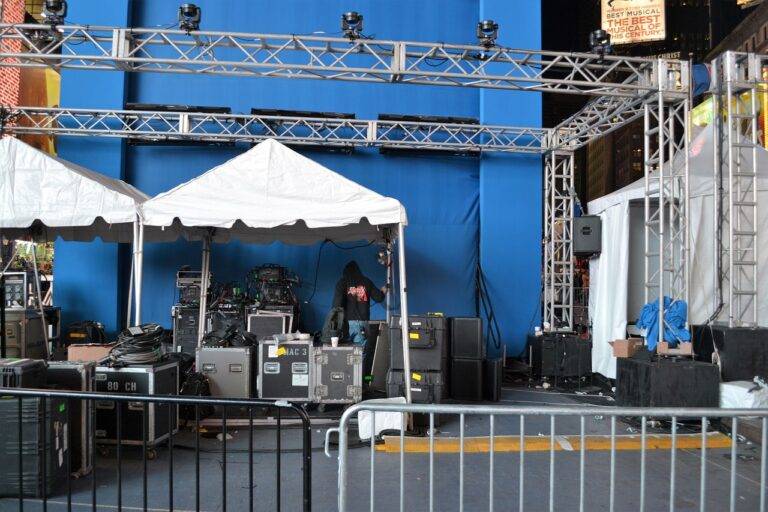The Future of Cinema: Virtual Cinematic Experiences
Virtual reality technology has significantly reshaped the landscape of the film industry. By offering audiences a truly immersive and interactive viewing experience, virtual reality has revolutionized the way films are created and consumed. This technology enables filmmakers to transport viewers into the heart of the story, allowing them to actively engage with the narrative and characters in a way that was previously unimaginable.
Moreover, virtual reality has opened up new possibilities for storytelling, enabling filmmakers to craft narratives that are not bound by traditional constraints. With the ability to create fully immersive virtual worlds, filmmakers can take audiences on extraordinary journeys and deliver unforgettable experiences. By leveraging the power of virtual reality technology, the film industry is pushing the boundaries of creativity and reinventing the art of storytelling.
Immersive Storytelling Techniques in Virtual Cinemas
Immersive storytelling techniques are revolutionizing the virtual cinema experience by engaging viewers in a dynamic and interactive narrative. Through the use of cutting-edge technology, filmmakers can transport audiences into captivating worlds where they feel like active participants rather than passive observers. This immersive approach enhances the emotional impact of the story and creates a sense of presence that blurs the lines between reality and fiction.
By incorporating 360-degree visuals, spatial audio, and haptic feedback, virtual cinemas can create a multi-sensory environment that immerses viewers in the storytelling process. This level of immersion allows audiences to explore the narrative from different perspectives, creating a deeper connection to the characters and events unfolding on screen. As virtual reality technology continues to evolve, filmmakers have the opportunity to push the boundaries of traditional storytelling and deliver truly unforgettable cinematic experiences.
Evolution of Virtual Cinematic Experiences
Virtual cinematic experiences have evolved significantly over the years, with advancements in technology pushing the boundaries of storytelling in film. The integration of virtual reality (VR) technology has allowed filmmakers to create immersive worlds that captivate audiences in new and exciting ways, breaking free from the constraints of traditional filmmaking.
Through the utilization of VR headsets and interactive storytelling techniques, audiences are now able to not only watch a film but also actively participate in the narrative, blurring the lines between viewer and protagonist. This innovative approach has transformed the way stories are told, giving viewers a more personalized and engaging cinematic experience that challenges the traditional notions of filmmaking and pushes the boundaries of creativity.





